The default setting on a Windows computer is to come up with “Windows Has Stopped This Device Code 43” error message, whenever a software or hardware related problem is detected on any device installed on the computer.
As you can imagine, this default setting in Windows 11/10 is designed to prevent the computer from suffering hardware or software related damage due to a faulty device.
In most cases, the reason of Code 43 error on a Windows computer is usually due to a device drivers failing to load, crashing or the driver software becoming outdated or corrupted.
Fix for “Windows Has Stopped This Device Code 43” Error
If your computer is coming up with “Windows Has Stopped This Device Code 43” error message, you should be able to fix the problem using the following methods.
1. Shut Down & Restart
1. Click on the Start Button > Power > Shut Down.
2. Wait for the computer to completely Power OFF.
3. After 60 seconds, press the Power button to restart the computer.
As the computer restarts, it should automatically load up the right driver software, as required for proper functioning of all the hardware devices on your computer.
2. Check Device Manager
Open the Device Manager on your computer and see if there is any device that has become faulty or show up as an unknown device.
1. Right-Click on the Start button and click on Device Manager.
2. On Device Manager Screen, right-click on the Faulty or Unknown device and click on Properties.

3. On the next screen, go to the Driver tab and click on Update Driver button.

4. On the next screen, click on Search Automatically for updated driver software option and allow Windows to search and install the right drivers.
3. Install Updates
Sometimes, the problem is due to the computer not being not up-to-date with the latest available updates.
1. Open Settings > click on Updates & Security Icon.
2. On the next screen, click on Windows Update in the left pane. In the right-pane, click on Check for Updates button.

If Updates are available, the latest available device drivers will also be installed on your computer.
4. Disable Fast Startup
The Fast Startup feature on Windows computers has also been blamed for causing this problem.
1. Open Settings > click on the System Icon.
2. On the next screen, click on Power & Sleep in the left pane. In the right-pane, scroll down and on Additional Power Settings Link.

3. On Power Options Screen, click on Choose What the Power Buttons Do link.
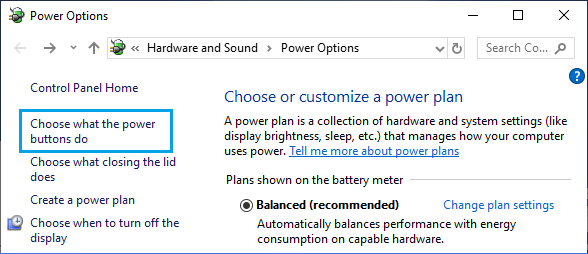
4. On the next screen, scroll down to “Shutdown Settings” and uncheck Turn on fast startup option.

5. Click on Save Changes button.
6. Restart the computer > go to Device Manager screen and see if any device is reporting this error.
5. Uninstall & Reinstall Device Drivers
Uninstalling and Reinstalling the Device Drivers is known to help in fixing driver related problems.
1. Right-click on the Start button and click on Device Manager.
2. On Device Manager screen, right-click on the Faulty Device and click on Uninstall Device option.

3. After this, right-click on the Action tab and click on Scan for hardware changes.
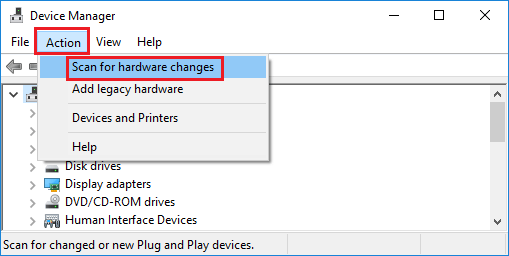
After this, go through the Device Manager screen to make sure that there is entry reporting error with a yellow exclamation mark.
6. Prevent Windows from Turning OFF Device
The problem could also be due to the default tendency of Windows to switch OFF Power supply to unused USB ports.
1. Right-Click on Start button and click on Device Manager.
2. On Device Manager Screen, right-click on USB Root Hub and click on Properties.
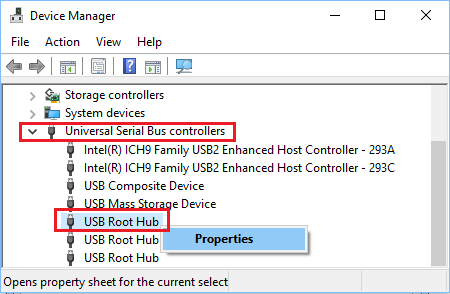
3. On USB Root Properties screen, click on Power Management tab and uncheck the option for “Allow the computer to turn off this device to save power” and click on OK.
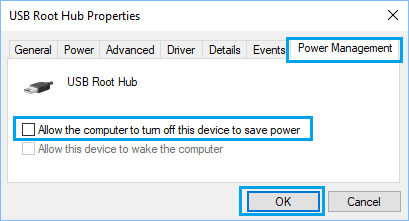
4. Repeat the above steps for other USB Root Hubs (If any) and Restart your computer.
7. Disable USB Selective Suspend Setting
Another default setting in Windows computers is to conserve power by suspending power supply to inactive USB devices. This can sometimes lead to Code 43 errors.
1. Open Settings > Click on the System Icon.
2. On the next screen, select Power & Sleep, in the left-pane. In the right-pane, scroll down and click on Additional Power Settings Link.

3. On Power Options screen, click on Change Plan Settings link located next to the current Power Plan.

4. Next, click on Change Advanced Power Settings link.
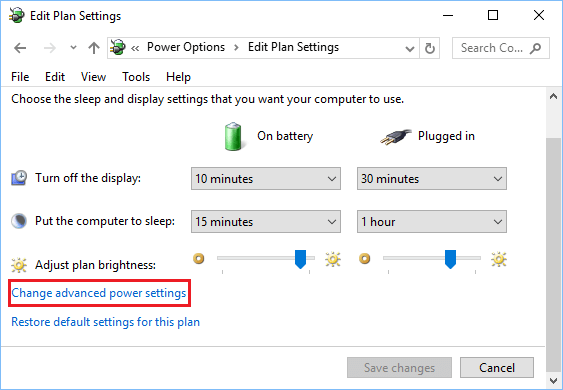
5. On the next screen, click on USB Settings > USB selective suspend setting and select disabled option for “Plugged in” and also for “On Battery” in case you are using a Laptop.
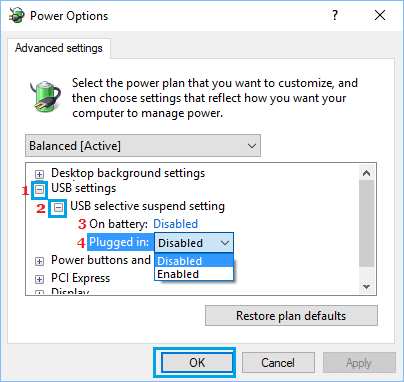
6. Click on OK to save above settings.